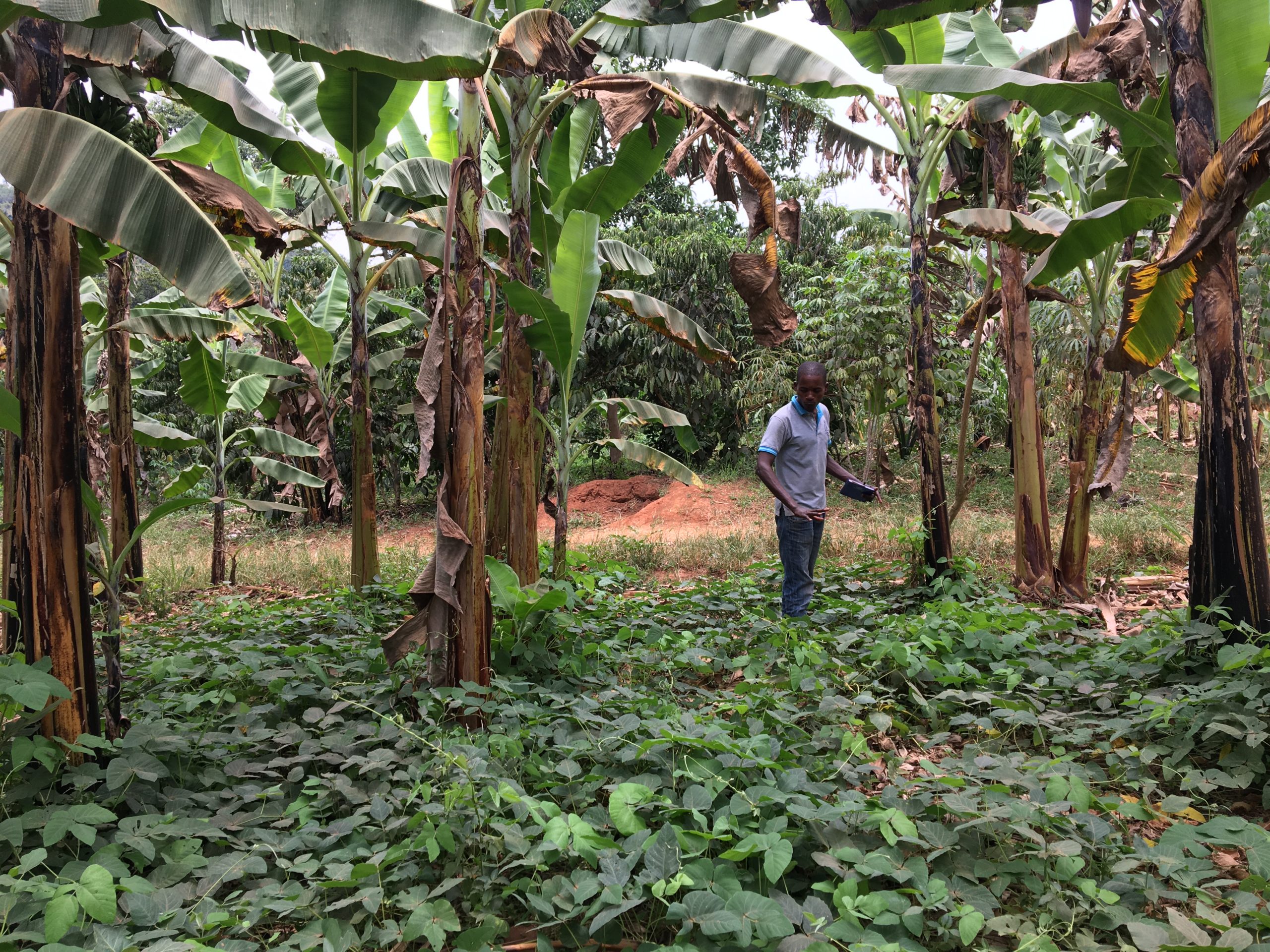Modeling platform for trade-off analysis in complex socioecological and livelihood systems
Purpose
Provide a flexible set of calculation tools and data to quantify the performance of agroecosystems. This allows for the design of sustainable socio-ecological systems that serve food security, equitable livelihoods and a healthy environment and are resilient to emerging challenges including climate change and shifts in food demand.
Expected impact
This modeling platform facilitates before and after assessments to understand the impacts of research for development initiatives while taking into account climate change and shocks in agroecosystems. The platform allows analysis of changes in agroecosystems and can evaluate potential and actual impacts in the CGIAR impact areas. It will be a powerful decision tool at the One CGIAR level.
Users can visualize trade-offs and synergies among agroecosystem performance indicators, for various actors. It allows assessing gendered implications for household members, community groups and institutions, to foster analysis of equity in resource use.
Description of the platform
Using a combination of modeling approaches and tools that link the actor-oriented system redesign with quantitative analyses, scenarios can be developed across different scales: global, national, landscape, communities, and farm households. By performing this analysis of scenarios, complex interactions between biophysical and socio-economic spheres are explored and drivers like climate change, disease outbreaks, shifts in consumer demand or scaling of innovations are assessed and their possible impacts on ecosystems and livelihoods can be quantified. The platform allows for the assessment of the system’s vulnerabilities and exploration of measures to effectively respond to those disruptions, and even bounce them back better.
Examples of use
In Uganda, the multidimensional impact of plant disease and climate change on banana cropping systems was assessed, showing that increased agrobiodiversity can reduce farmers’ vulnerability and increase their adaptive resilience.
The modeling platform has been used to explore the potential of nutrition-sensitive agriculture to reduce smallholder vulnerability while contributing to whole-farm productivity and environmental performance. The analysis identified options base on crop composition and management configurations that would satisfy household dietary needs and improve incomes.
Links to relevant blogs
Modeling farming systems to understand potential outcomes of agricultural interventions
Contact persons
Jeroen Groot: jeroen.groot@wur.nl
Elisabetta Gotor: e.gotor@cgiar.org
Logos of Centers and partners
 |
 |




